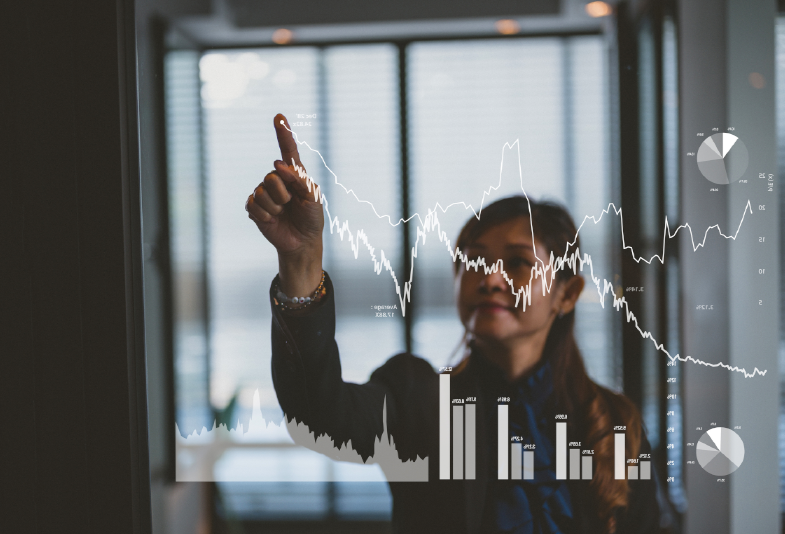
What are all these FX terms?
2022年3月8日 — 3 min read
The foreign exchange or “forex” market (also abbreviated to “FX”) is the largest financial market in the world – larger even than the stock market, with a daily estimated volume of $6.6 trillion. The market determines the relative values of currencies and operates across the globe. You can exchange foreign currencies 24/7.
Understand the fundamentals of currency exchange – and the language used - so you can make better decisions for your business. We’ve put together some information on the most common terms you’re likely to come across.
Currency Codes
Market standard three-letter code that refers to a specific currency.
Examples: BRL = Brazilian Real; CHF = Swiss Franc.
Currency Pair
The two currencies involved in an FX quotation. The 1st currency is the Base currency; the 2nd is the Pricing currency.
Examples: EURUSD, GBPCAD, AUDJPY.
Base Currency
The 1st currency listed in the Currency Pair and its value is always 1-unit of that currency.
Example: in EURUSD, Euro is the Base currency.
Quote Currency
The 2nd currency listed in the Currency Pair. It represents the amount of the 2nd currency required to buy 1-unit of the Base Currency.
Example: EURUSD is 1.1200 means 1 Euro costs $1.12.
Bid vs. Ask
FX traders buy the Base Currency on their “Bid” and sell the Base Currency on their Ask. As a customer, you Buy currency from the trader's “Ask” and you Sell currency to the trader's “Bid”.
Spot Rate/Trade
The purchase and sale of one currency for another at an agreed rate typically for T+2 settlement (trade date + 2 days settlement cycle). The Spot trade is the building block for many FX products.
Pip
Pip is an acronym for "percentage in point" or "price interest point." A pip is a one-digit change in the last decimal of a Spot Rate quote, the smallest price move that an exchange rate can make. In four decimal quotations it is a 0.0001 change up or down; in two decimal quotations (many Asian currencies) it is a 0.01 change in the rate.
Functional Currency
The primary currency for the economic environment where the business operates.
Hedging
A method for a business to mitigate FX risk exposures to earnings or cash flows. Hedgers use FX tools (e.g. FX Forwards) to create an off-setting effect to an underlying long or short FX risk exposure.
FX Forward Contract
A contractual obligation to Buy or Sell a foreign currency at an agreed rate on a future date.
Balance Sheet Hedging
Hedges that offset the remeasurement risk of non-functional currency monetary assets and liabilities that are "on-balance sheet".
Cash Flow Hedging
Hedges placed to mitigate the anticipated FX risk related to forecasted non-functional currency assets and liabilities.
Margin
A deposit required on a Forward trade to provide collateral protection against potential adverse FX rate movement that create credit exposure.
Mark-to-Market
The change in value - either positive or negative - of an outstanding foreign exchange contract due to currency rate movements and changes in forward points
Related Posts

2024年5月29日 — 4 min read

2024年2月14日 — 5 min read

2023年10月19日 — 3 min read

2023年1月18日 — 7 min read

2022年12月1日 — 10 min read

2022年11月16日 — 10 min read